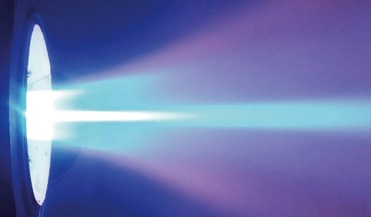 October 2020
Superconductors - key to unlocking high power space missions
October 2020
Superconductors - key to unlocking high power space missions
...is typically limited by the capabilities of the spacecraft’s solar arrays. The two parameters are closely linked; more advanced.... Astronauts are exposed to radiation originating from the solar wind, gamma rays, and cosmic rays. Considering mission ...
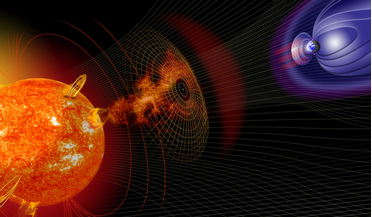 15 December 2020
NOAA launches Crowdsourcing competition for better forecasting of magnetic field
15 December 2020
NOAA launches Crowdsourcing competition for better forecasting of magnetic field
... and data scientists to develop better models to forecast changes in Earth’s magnetic field. The transfer of energy from solar wind into Earth’s magnetic field causes geomagnetic storms. The resulting variations in the magnetic field increase errors...
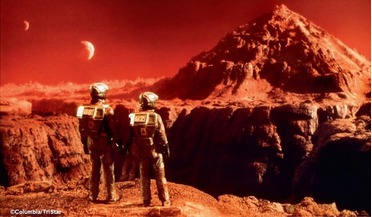 December 2014
Terraforming Mars: from CFCs to Total Recall
December 2014
Terraforming Mars: from CFCs to Total Recall
... lacks an intrinsic magnetic field, like Earth’s. Hence, it loses atmosphere continually through its interactions with the solar wind. Replacing this magnetic field is once again a daunting task, although one might conceivably be able to block the...
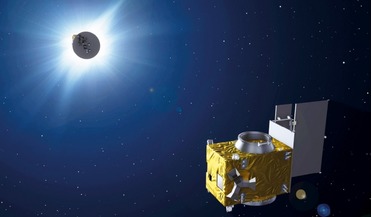 January 2019
Engineering six-hour solar eclipses with formation flying
January 2019
Engineering six-hour solar eclipses with formation flying
... formation manoeuvres for six hours around apogee. Proba-3 will provide insight on the inner corona where solar wind and CMEs originate. Enabling new science capabilities Since the Sun is a million times brighter than its...
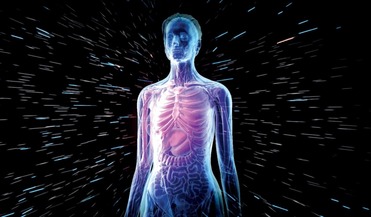 October 2018
Radiation study paves way for safe deep space exploration
October 2018
Radiation study paves way for safe deep space exploration
... is greater. The Van Allen belts consist of high energy electrons and protons, mostly originating from the solar wind, which are captured and trapped in Earth’s magnetic field. The risk to astronauts from the Van Allen...
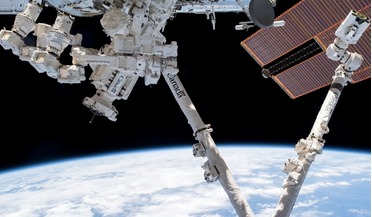 January 2019
Preparing for a robotic revolution in Earth orbit
January 2019
Preparing for a robotic revolution in Earth orbit
... short-circuits. 6. Electrostatic discharge. Surfaces of spacecraft can develop high electrostatic potentials due to the solar wind. Since different parts could charge to different potentials, grounding (earthing) systems are employed to prevent...